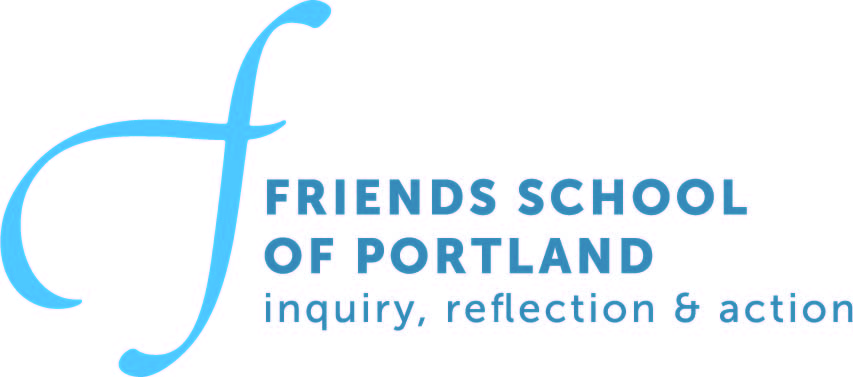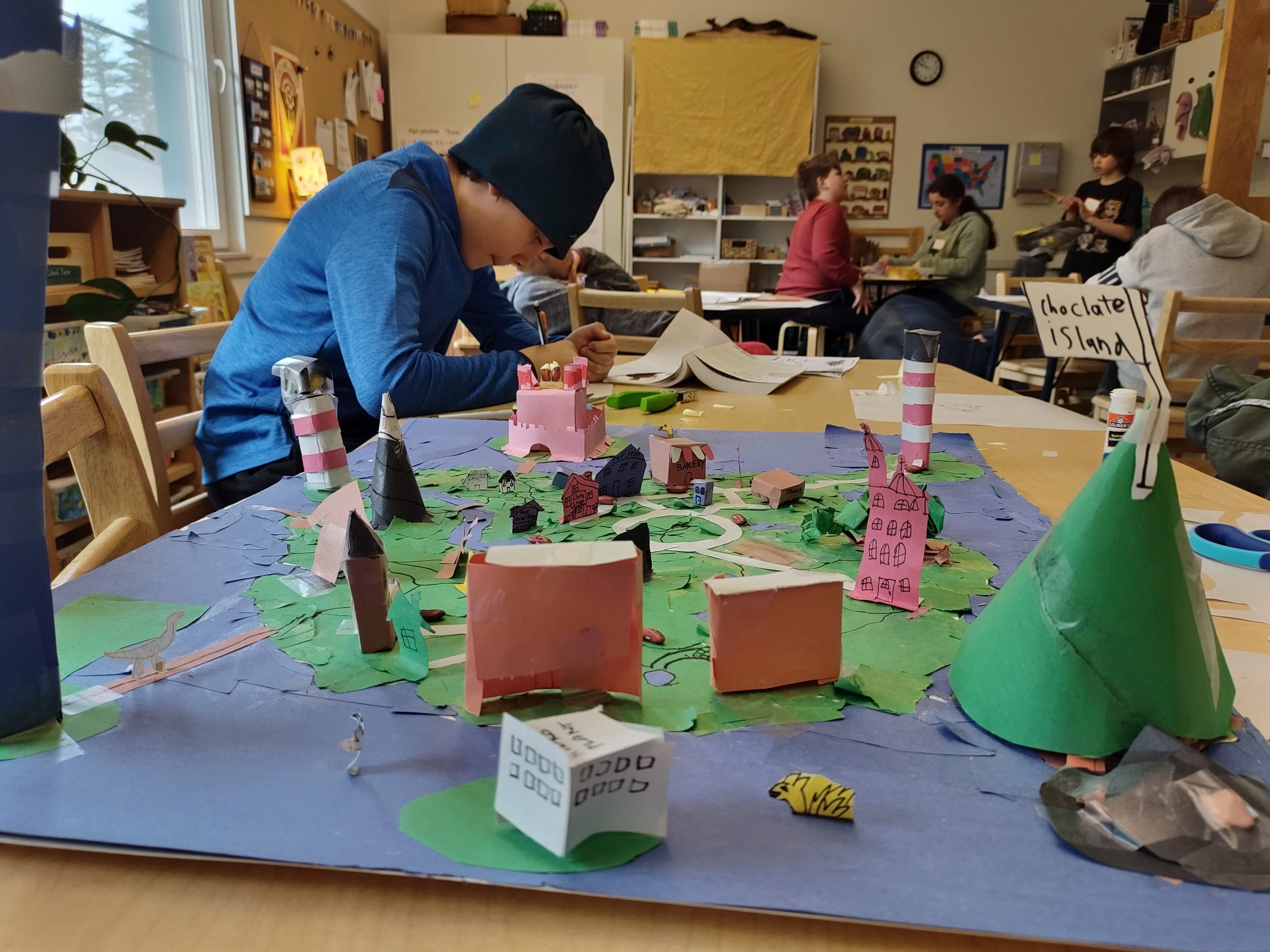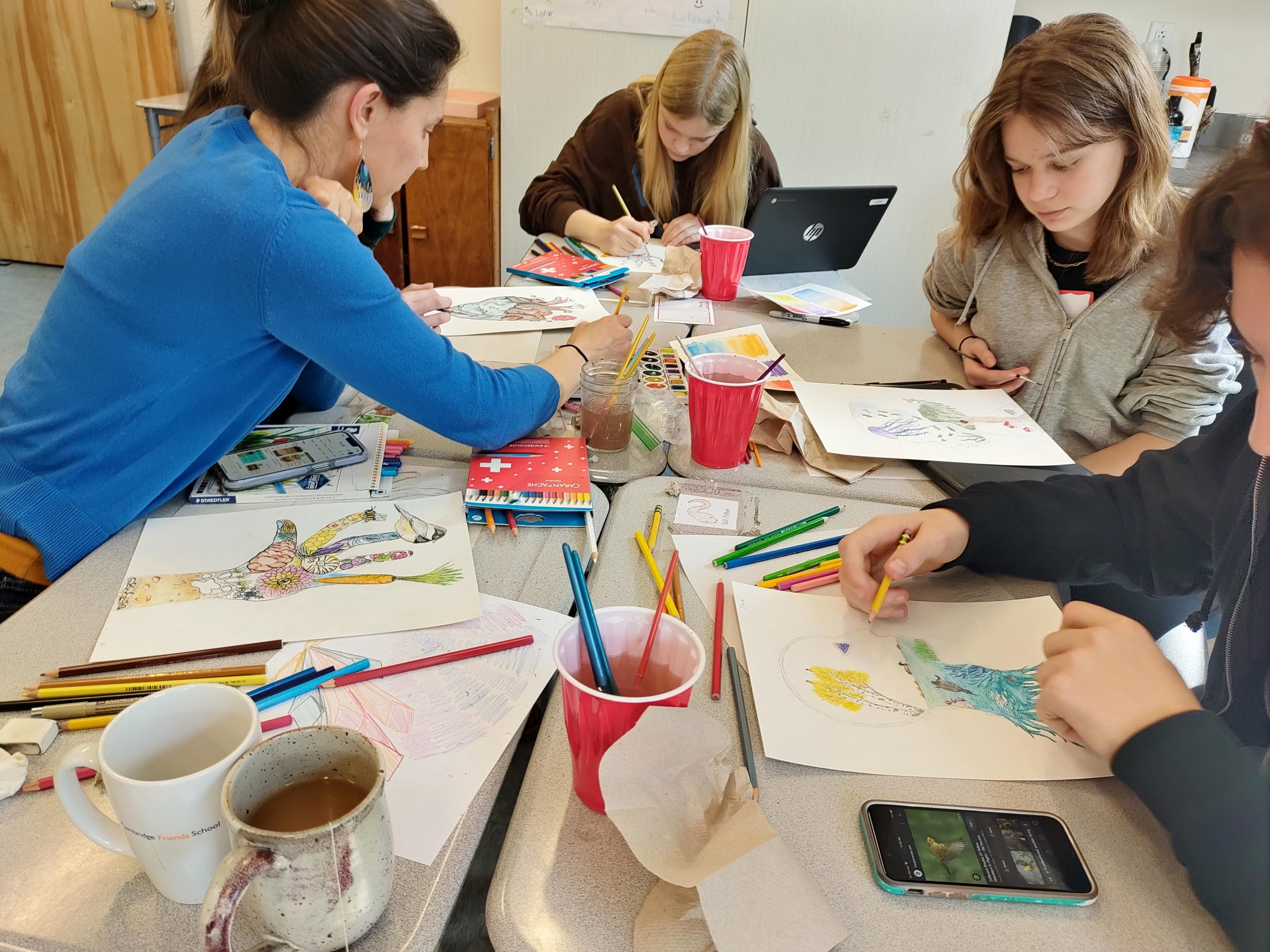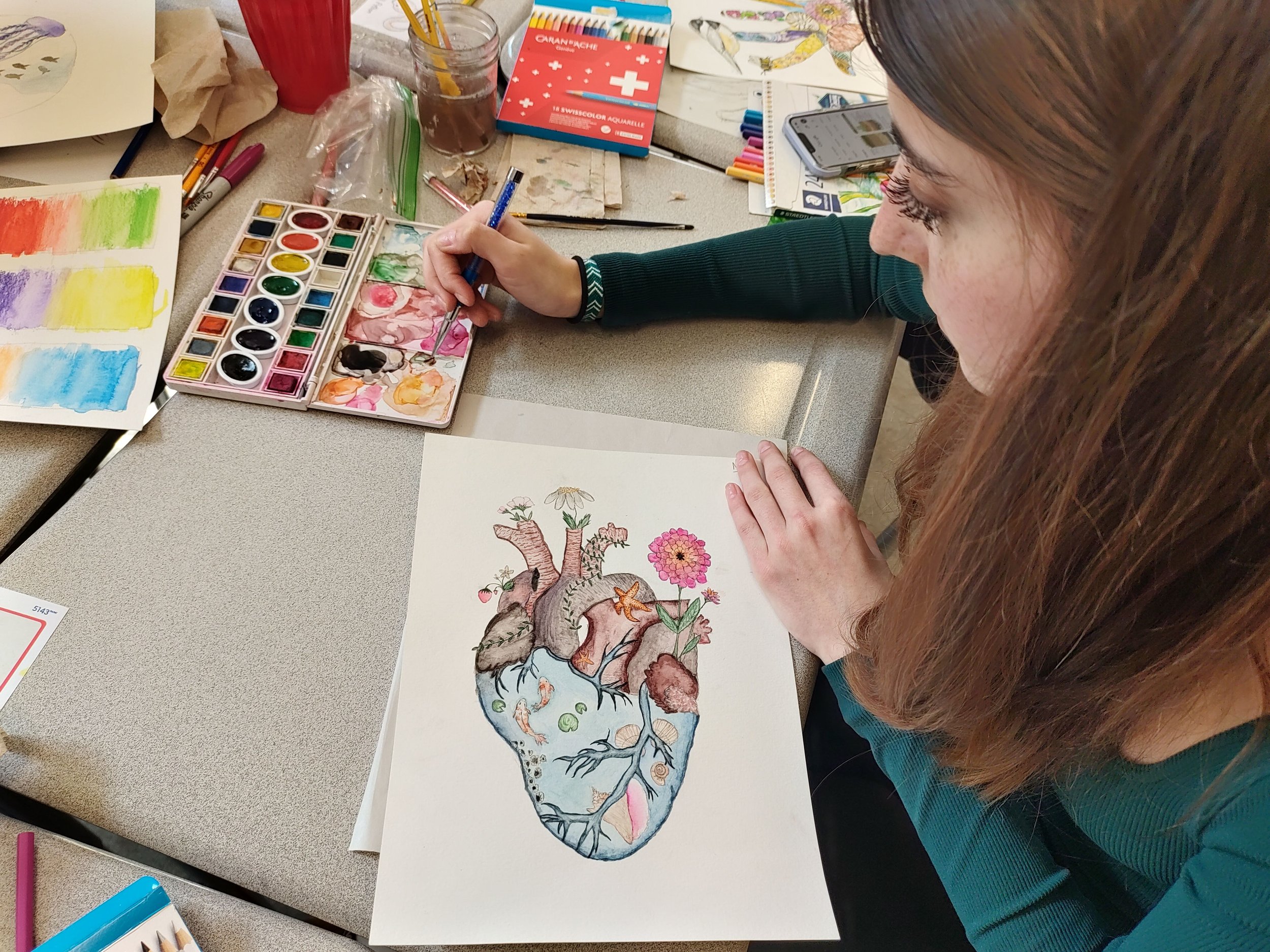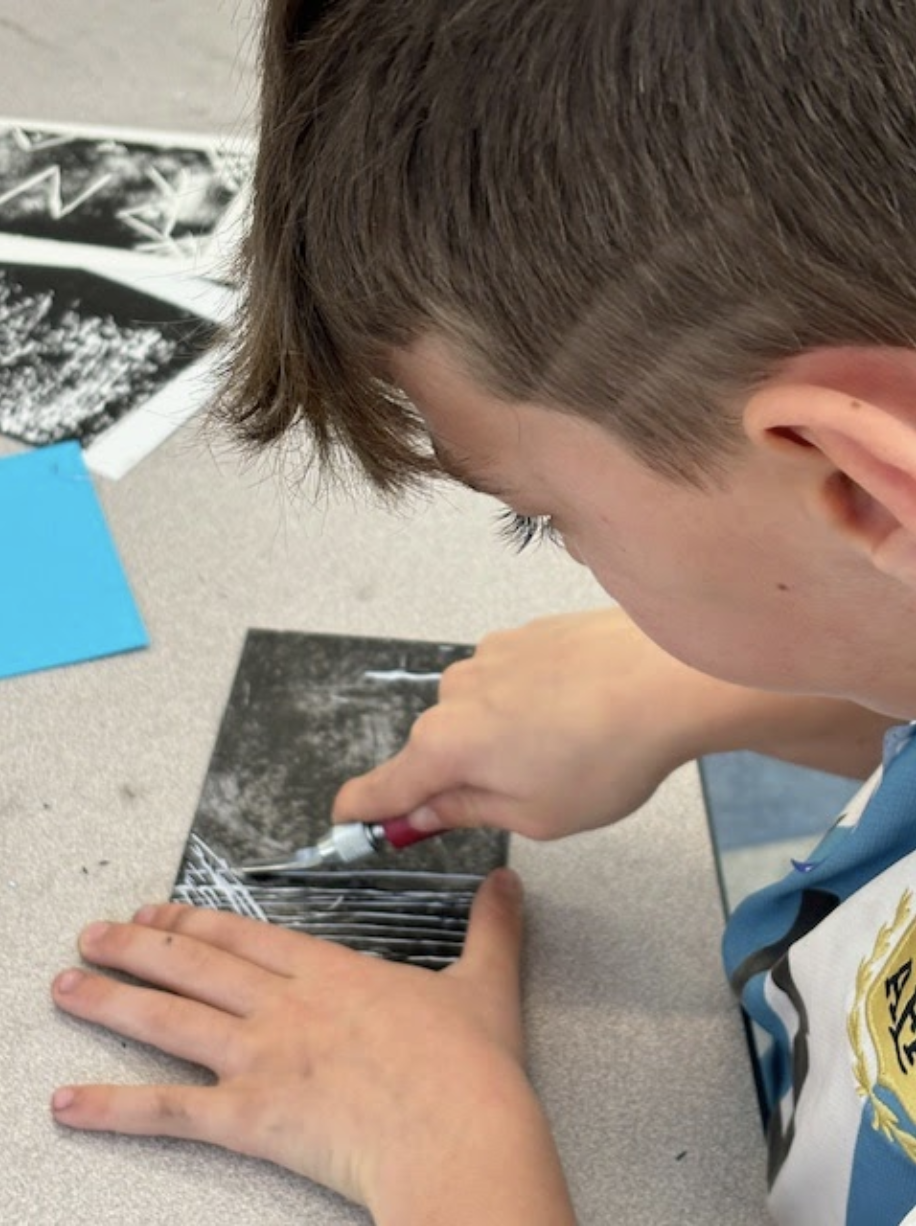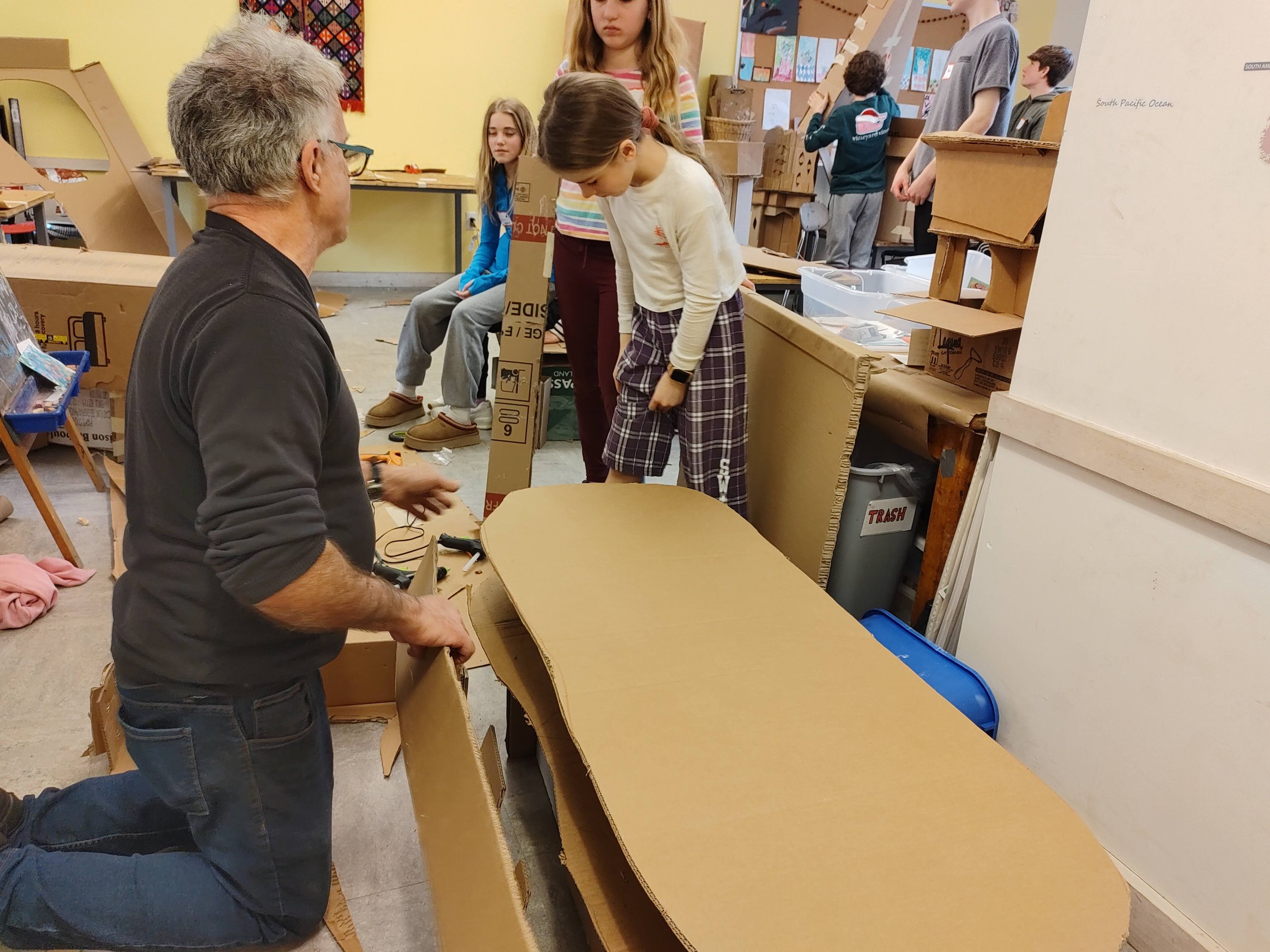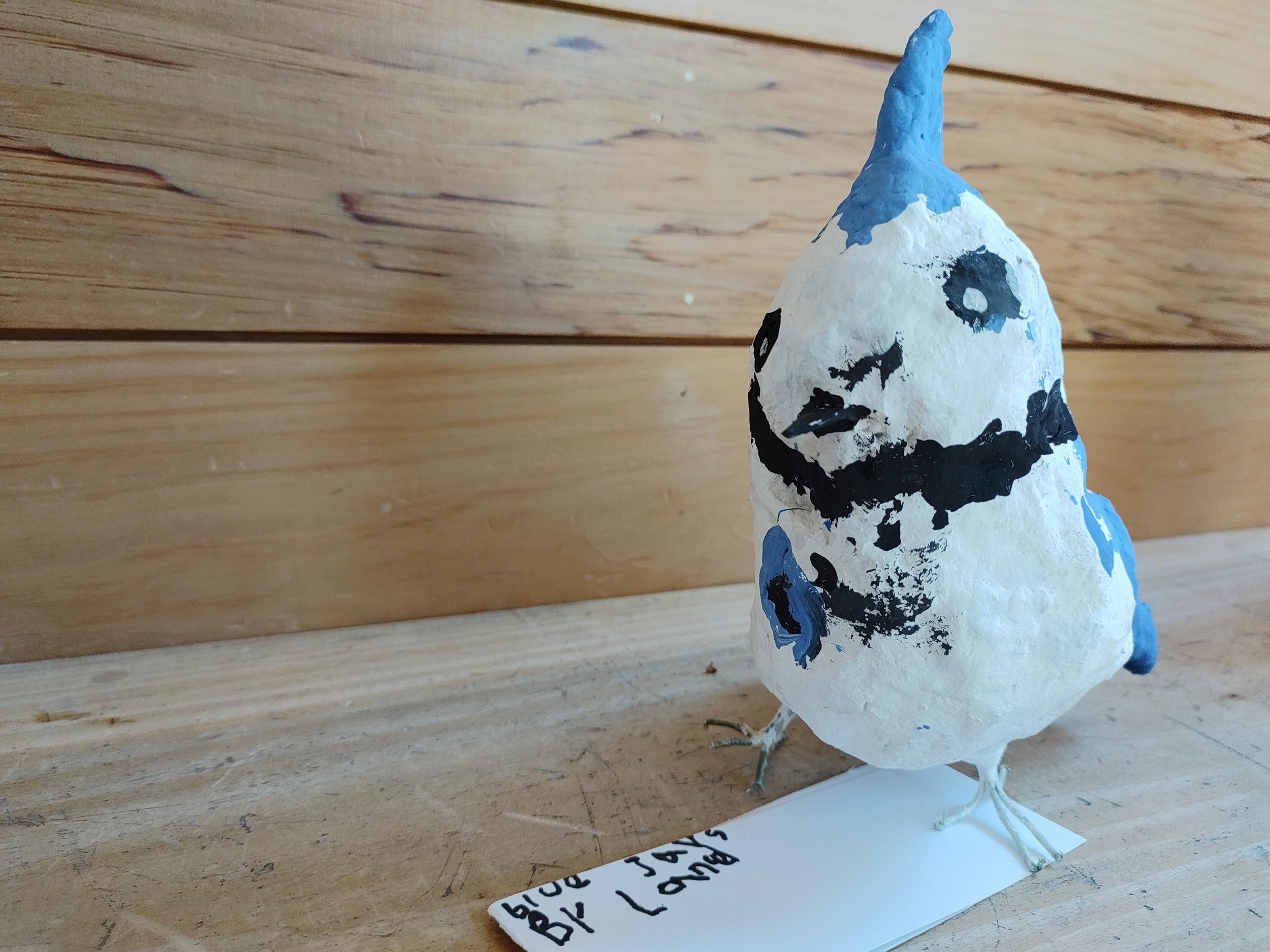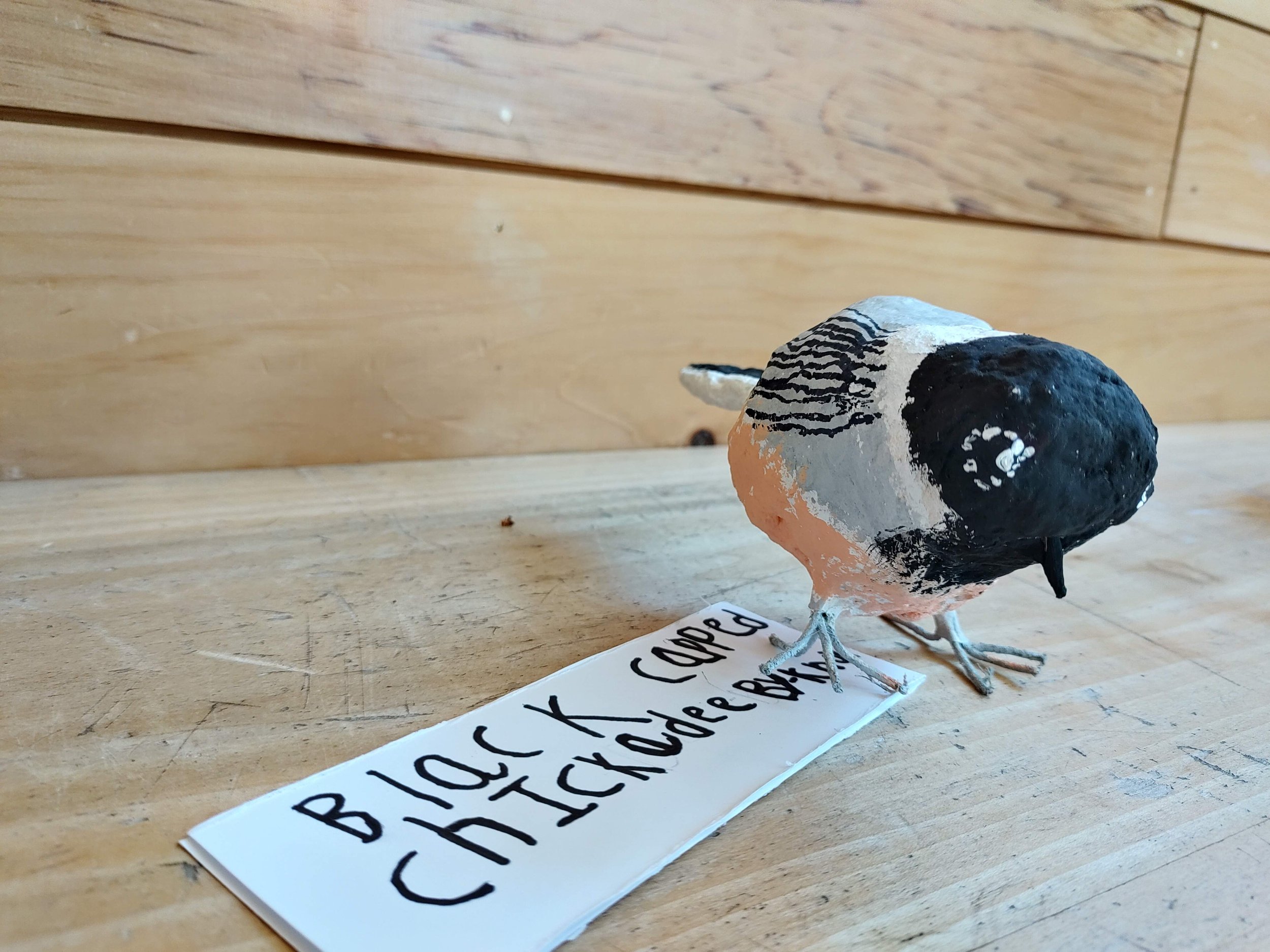Visiting Artists' Week is an FSP tradition. This year's theme is "Belonging." This year, we welcomed 13 artists. Students had the opportunity to choose to work on a diverse array of different projects in multi-age classrooms.
Below are many photos and a little more about each artist who joined FSP to share their talents for the week:
Alana Dao is a mother and writer whose creative practice explores contemporary culture, food, and identity. Her work most often takes the form of artists' books, zines, and essays. She received a BA from Smith College and an MA from the School of the Art Institute of Chicago. She is currently an adjunct professor at MECA+D and Co-Director of A CLEARING, an artistic collaboration with a Maine based connection.
Christina Bechstein is an artist, mama + teacher who has created and taught in all kinds of spaces. She is deeply grateful for her many mentors and visionaries who continue to influence the studio, one in particular, Josephine Herrald Love, Detroit Arts leader – who told her that the job of an artist and teacher is to learn about children and that if all she ever did was make self-portraits with children over and over to learn about them, that would be a job well done. Christina has been making art with folks in gardens, churches, fire stations, art/architecture colleges, elementary + pre-schools, community centers + lots of spaces in-between, and has taught pre-school children all the way up to college students. Check out more at lovelabstudio.com.
Claire Loon Baldwin is a Maine-based illustrator, designer, and storyteller inspired by the surreal beauty of nature. She spent several years working as an environmental educator and national park ranger throughout the west, and strives to inspire wonder and reverence for the natural world with her art. In 2018, Claire created the official centennial poster series for Grand Canyon National Park. Since then, her clients have included the Maine Audubon Society, the Nature Conservancy, and Down East Magazine. Claire is currently working on her first book illustration project with DK Publishing. Her primary mediums include watercolor, ink, gouache, and digital media. https://www.claireloonbaldwin.com/
Izzy Van den Heuvel is a printmaker currently living in Portland, Maine and working as Printmaking Technician and Artist-in-Residence at Maine College of Art and Design. Izzy obtained her BA in Studio Art at Bard College, where she was named a Stanley Landsman Scholar and received the Elizabeth Murray and Sol Lewitt Studio Arts Award. Her work has been shown in galleries in Colorado, Maine, and New York, and is featured in the collections of Oehme Graphics and the U.S. State Department. https://www.izzyvandenheuvel.com/
Janoah Bailin, aka "Janoah the Jester," learned unicycling in the empty after-hour corridors of zir middle school. As a teenager, ze traveled New England with the award-winning Circus Smirkus Big Top Tour. Janoah is now Assistant Director for the Gym Dandies Children’s Circus of Scarborough (ME), as well as a coach for the Children's Circus of Middletown (CT). Ze has created and tours 3 interactive family shows that intermingle circus, contemporary dance, puppetry and storytelling: "SpinS" ("Best Variety" London Fringe 2019), "meSSeS," ("Spirit of the Fringe" Elgin Fringe 2022), and "rOng." These shows have toured from Halifax to Orlando ("Pick of the Kids Fringe 2023") to Vancouver and many places in between. Janoah has received the 2020 MAC Fellowship in the Performing Arts, as well as NEFA's Public Art Learning Fund 2022 and support from the Puffin Foundation. Ze is currently collaborating to create the Maine Youth Circus, and performing for festivals, stages and parades across North America, leaving behind a wake of tumbled juggling props.
Josie Colt is an interdisciplinary artist and community arts organizer with a special love for comics and story-telling. Drawing and writing serves as a therapeutic and fun process for Josie -- it's about the process, not the product! She loves sharing art with others and does so through organizing events with Congress Square Park and creating accessible figure drawing opportunities with Portland Drawing Group. She is also known for her pop-up portrait affair, Portraits As You Pass. Also a frame by frame animator, they have worked on multiple award winning films over recent years.
Kiah Gardner is an artist, a mother, and a graduate from Maine College of Art & Design where she majored in Illustration and Art History. She spent the last 9 years as a library assistant where she led creative programs for ages pre-k to adult. She recently left her position to rekindle her art practice and follow wherever that path leads her. While she enjoys working with traditional materials, she finds most of her creative spark in objects like shells, bones, and wool, which she turns into artist books, alter spaces, needle felting and collage. Kiah’s Instagram is @kiahgardnerart.
Lisa DiFranza is a theater director and educator, with a strong collaborative background. During the Covid 19 pandemic, with collaborative work at a standstill, she painted every day. In the first year of the pandemic, Lisa created and posted 365 small paintings that, together, tell a story of that year. She used painting as a way of documenting what she was seeing and feeling, and as a means of communicating on line, when direct communication was so difficult. Since the world has opened up again, Lisa has spoken to groups about what that year taught her. She believes that the arts have enormous power to change lives, and to create and sustain communities. With this project at Friends School of Portland, she plans to invite students to share and communicate through a combination of visual and performing arts, and to experience the joyful energy of collective collaboration that is inherent in creating theater. The project will be grounded in the notion that (just as the folktale of “Stone Soup” illustrates) the whole is far greater than the sum of its parts.
Marie Reimensnyder Camillo is an experienced educator who taught for many years at Fiddlehead School of Arts and Sciences and is a former retired FSP preschool teacher. She has taught everything from clay and printmaking to kindergarten and preschool. An experienced screen printer...many FSP faculty and students might already be sporting some of her designs!
Megan (M.E.V) Franasiak is a Portland-based artist whose work ranges from handmade costumes, fiber work, drawing, performance, and writing. M.E.V.’s art concerns a drive for understanding in a seemingly incomprehensible world and explores ways in which we cope with this struggle. Their work can be found on mevf.me and also instagram @oh_sweet_beast.
Molly Brown is a visual artist, map-maker and geographer. She discovered geography at Middlebury College and went on to receive a Ph.D. in Human Geography from the University of Colorado, Boulder. She received a Watson Fellowship and a National Science Foundation Graduate Research Fellowship to explore the value of map-making for communities and individuals. Molly has worked in environmental and art education for organizations, universities and schools across the country. Her current projects involve map-making with children, conveying climate change through landscape painting, and custom maps for place-based organizations.
Rich Entel is a visual artist who works in sculpture, painting, and printmaking. He lives in Portland and also works as a physician in the area. His daughter is a very happy kindergartener at FSP. www.entelmenagerie.squarespace.com
Sarah Navin is a fiction writer and comic artist. Her visual art has most recently been featured in the women-led comic collection "Let Her Be Evil," and her scripted podcast "Darker Further Down" is forthcoming on streaming platforms, based on her comic of the same name.
